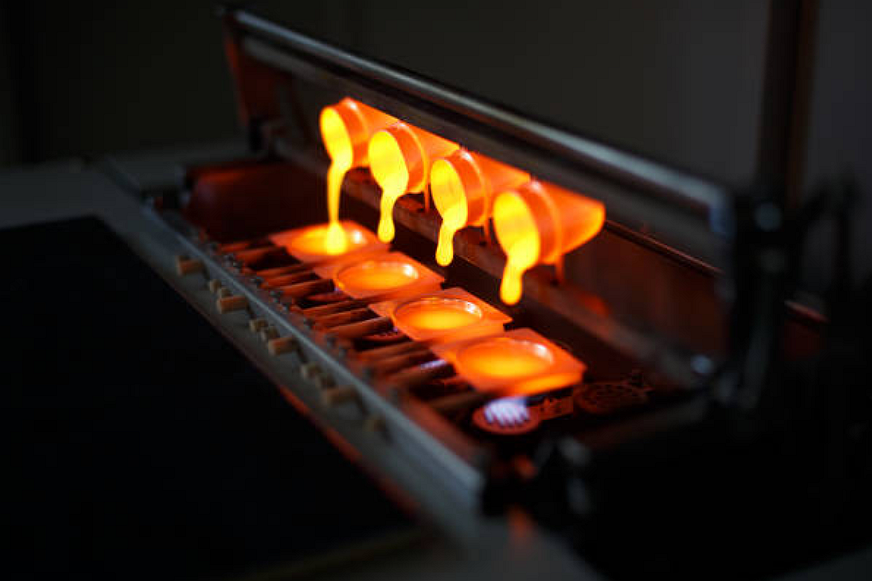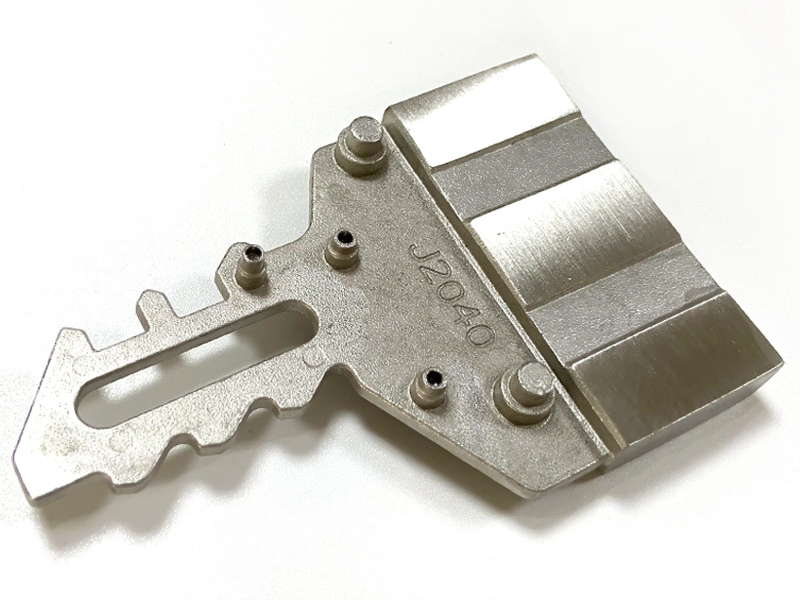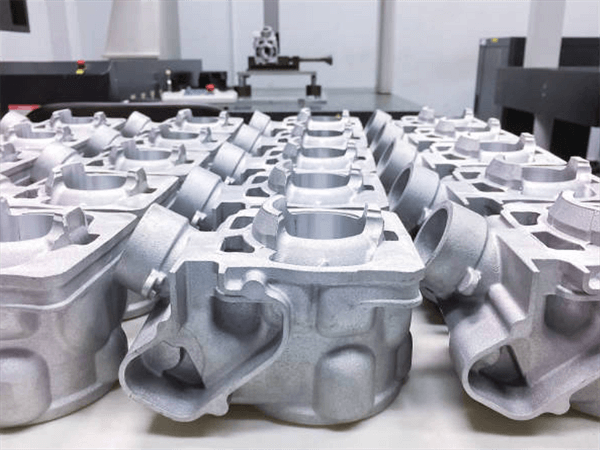What are typical challenges encountered with custom gravity casting finishes?
Understanding the Nature of Gravity Casting Challenges
As a manufacturing engineer at Neway, I’ve found that achieving consistent surface finishes in gravity casting requires precise control of process variables. While the technique produces excellent mechanical integrity, it can be sensitive to metal flow, cooling rates, and mold design. Each parameter influences the final surface texture, dimensional accuracy, and porosity level. When not optimized, defects such as incomplete filling, shrinkage cavities, and oxide inclusions may appear, affecting both structural reliability and aesthetics.
Manufacturing Process Factors Affecting Surface Quality
Several manufacturing processes work in conjunction with gravity casting to overcome these challenges. For instance, precision casting ensures high dimensional accuracy in parts requiring tight tolerances, while investment casting helps refine complex geometries before scaling them up to full gravity molds. For pre-series testing, CNC machining prototyping and 3D printing prototyping validate surface geometry and part fitment. When parts require high-volume production, aluminum die casting can complement gravity casting to achieve more consistent finishes and reduce secondary machining.
Common Material-Related Issues
Material selection plays a key role in determining how easily a surface can be finished. Alloys such as A380 aluminum and 383 (ADC12) offer good castability but may still suffer from micro-porosity or segregation if mold temperatures fluctuate. A356 is preferred for high-strength applications but requires precise heat treatment to avoid rough surface grains. Copper alloys and magnesium alloys present their own challenges: they oxidize rapidly, making protective coatings essential to maintain surface integrity. Understanding alloy behavior under varying casting conditions is crucial for stable quality.
Surface Treatment Limitations and Solutions
Achieving flawless custom finishes often requires additional surface treatments. For example, anodizing can highlight surface irregularities if the casting has inconsistent porosity or machining marks. Similarly, applying powder coating over rough areas may result in trapped air or uneven thickness. Engineers mitigate these risks through pre-treatments like sandblasting, polishing, and controlled heat treatment. Each step enhances adhesion, uniformity, and overall corrosion resistance of the final finish.
Industry Applications Requiring High-Finish Control
Industries with strict visual and dimensional standards are the most sensitive to these challenges. The automotive industry demands uniform finishes on visible structural parts such as transmission housings. The aerospace sector focuses on metallurgical integrity and fatigue resistance, requiring additional inspection methods, such as dye penetrant testing. Meanwhile, the energy industry relies on protective coatings to prevent oxidation in high-temperature environments. At Neway, we address these sector-specific requirements by integrating simulation tools and real-time monitoring into our gravity casting workflow, ensuring stable surface results across all production batches.



